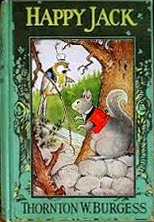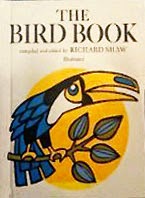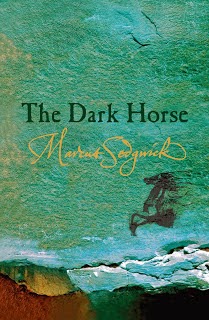by Marshall Saunders
Joe was not beautiful by any means. He was a mixed-breed dog (a \”cur\”) owned by an abusive man who starved his mother, killed his unwanted littermates, and brutally chopped off his ears and tail. The dog was rescued by passerby who heard his screams, and taken into a home full of kind people obsessed with animals. The mother in this family believed her sons would grow up to be kind, considerate people if they had animals to care for, so she gave each of them specific charges. One boy kept goldfish and canaries, another fed and cared for the dogs in the household and so on. The book is not really a story of Joe\’s life, but a collection of tales about animals as they are related by various human characters in the book. Joe listens to a lot of conversations, and reports on them. The stories all press morals about being kind to animals (including wildlife), about training them properly and shunning abusive methods. Quite a number of people in the book take it upon themselves to succor animals in need wherever they find them, to punish people who abuse animals, and to correct and teach them if they\’ve been neglecting them in ignorance. There are lots of short tales about dogs, horses, cattle, sheep, pigs and other livestock- how they respond to kindness and suffer from poor use. There\’s a story about a travelling Italian with a group of trained animals that perform (these are treated kindly), another about a man who abandons his livestock to starve (the description of their deplorable conditions reminded me of Animal Cops episodes). There are related incidents of how cruelly wild animals are trapped or killed, and quite a few passages about how animals that are raised for food should be treated well and humanely killed. It\’s also pointed out how keeping animals in poor condition can pass diseases on to people- for example, a slovenly milkman causes other people to become ill from the contaminated milk he sells. It is pretty sentimental overall, and the book tells its age- women are not yet able to vote in this story, anyone who doesn\’t attend church is considered \”awfully wicked\”, Pasteur is alive and well in France- people travel to him to be cured of disease. There\’s also a focus on birds- how many thousands die to provide decoration for ladies\’ hats, and how the countryside suffers from overpopulation of insect pests as a result. On the whole, the city is shunned as an evil, dirty place and the countryside and farm life extolled throughout. A large portion of the book describes one young lady\’s visit to a relative\’s farm for the summer. I thought it rather laughable when a man tells some younger people that he doesn\’t worry about his sheep falling prey to dogs because Beautiful Joe would protect them- when in fact it seemed that Joe was always in the house at his mistress\’ side, or travelling with her- he never let her out of his sight. Not guarding the sheep. But that\’s a small point. It was an interesting read. Surprising how much- and how little- has changed. Animals raised for food still suffer for profit, though in a different fashion…
A few other things I recall now, looking at notes I made while reading- the stories warn against overfeeding and indulging animals just as much as neglecting them. At one point the family has a pet parrot and I was both surprised at its use of language (far more sophisticated than I think even a parrot would know to use) and that its diet included coffee grounds! I liked once scene where a girl breaks up a dogfight by throwing ground pepper in the dogs\’ faces (great use for pepper spray!) I appreciated the point the author made that dogs must be well-trained, but the way she described a puppy\’s training seemeed a bit ludicrous to me; did not sound like a method that would really work.
It is clear from the introduction to this book that it was written in response to the overwhelming popularity of Black Beauty, in the hopes of raising awareness to the suffering of other animal species and extending goodwill to all. And the author was a woman, but used a pseudonym because she feared not being taken seriously. I read this one as an ebook, from Project Gutenberg (what a wealth that site is!)
Rating: 3/5 1893, 256 pages











